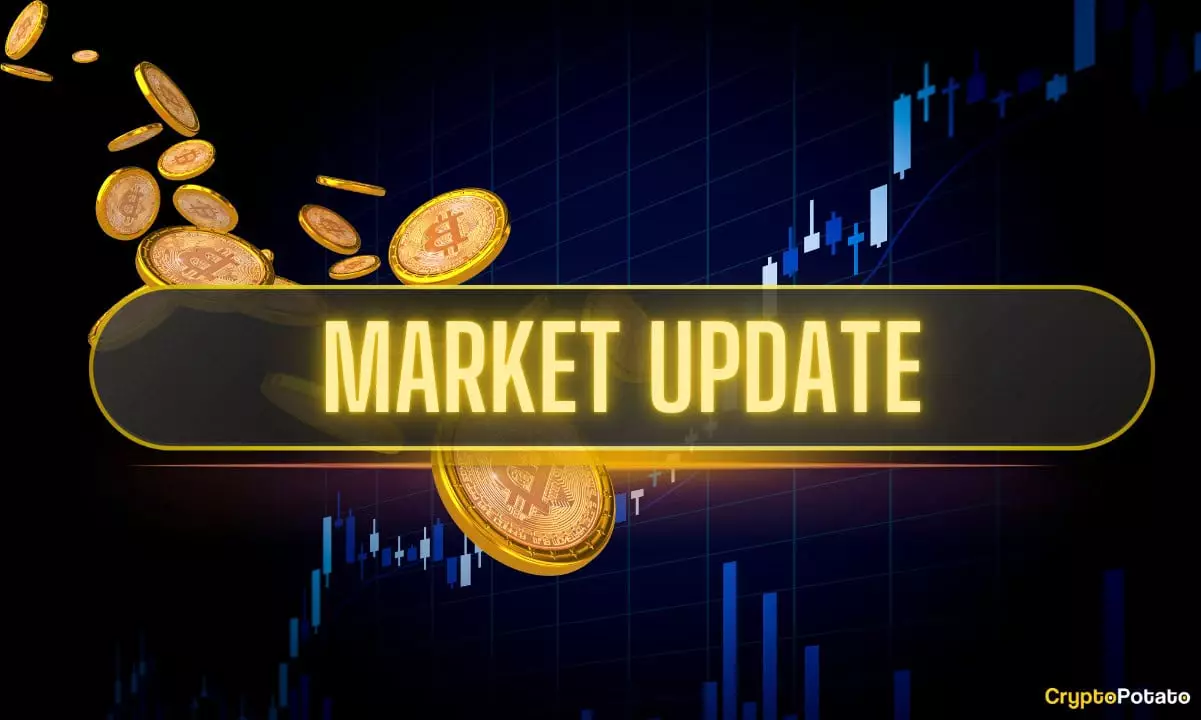The volatile arena of cryptocurrencies has been every bit as responsive to political maneuvers as traditional markets, with recent actions taken by U.S. President Donald Trump significantly influencing this digital frontier. His trade war, which began with a sweeping announcement mandating tariffs of at least 10% on all nations, has led to a tumultuous week for cryptocurrencies, particularly Bitcoin. In a matter of days, the digital currency oscillated drastically, reflecting the inherent instability that characterizes both the crypto markets and the political landscape. This episode has opened up a critical conversation about the synchronicity of politics and market behavior, not just for Bitcoin but for the entire cryptocurrency ecosystem.
At its heart, this situation illuminates a fundamental issue: how susceptible cryptocurrencies are to external political forces. The sheer scope of volatility witnessed in the last week, with Bitcoin plummeting from a high around $84,000 to nearly $74,000, points to a severely reactionary market. It’s a reminder that despite the libertarian ethos underlying cryptocurrencies, they remain tantalizingly intertwined with geopolitical climates. The situation begs for a reevaluation of whether cryptocurrencies can truly stand apart from the turbulent waters of international economics or if they are forever tied to external governance.
The Psychological Rollercoaster of Investors
The psychological impact on investors cannot be overstated. The weekend saw Bitcoin stagnate, trading sideways between $82,000 and $84,000, appearing to offer a surface-level stability. However, when Sunday arrived and turmoil ensued as Trump warned of escalating tariffs against China, confidence in Bitcoin immediately wavered. This experience highlights the emotional temperament that often underpins crypto trading; investors are not merely acting on data but are also influenced by news cycles and political climate shifts.
For those invested in Bitcoin or other cryptocurrencies, this week served as a stark reminder of the precarious balance between financial prudence and irrational behavior brought on by fear and speculation. The quick recovery from earlier lows to $83,000 might have offered a glimmer of hope, yet this surge was short-lived, and Bitcoin’s current position hangs by a thread as it hovers around $82,000. This unpredictability forces investors to confront their risk tolerance, as holding during periods of volatility could either lead to impressive gains or catastrophic losses.
Ethereum’s Struggles and the Ripple Effect
Bitcoin may have been the star of the show, but it certainly isn’t the only cryptocurrency impacted by this political theatre. Ethereum’s performance has deteriorated sharply, losing an astonishing 13% over the week. This stark decline, coupled with its recent failure to sustain any upward momentum, places a notable spotlight on the broader issues inherent within the Ethereum network. This turmoil challenges the narrative that altcoins have an unshakeable competitor in Bitcoin; instead, it paints a picture of a sector fraught with its own distinct challenges.
The notion that Ethereum has descended to levels it hasn’t experienced in seven years raises questions about its fundamental value proposition. Investors must now reflect deeply on what the Ethereum network can offer amidst the chaotic externalities of trade wars and global economics.
Institutional Interest and Accumulation Trends
Despite these harrowing downturns, intriguing phenomena such as increased accumulation among long-term Bitcoin holders emerge from the chaos. Recent data indicates that, while the market fluctuates dramatically, dedicated investors capitalized on the dip, adding substantial amounts to their portfolios. This paradoxical behavior offers a brilliant counter-narrative: long-term projections for Bitcoin remain bullish.
In times of crisis, seasoned investors often double down—predicting that the shake-ups create opportune entry points for those who have faith in the underlying potential of Bitcoin. Herein lies a significant insight: amid political turmoil and uncompromising tariffs, the shifts in accumulation reflect a steadfast belief that Bitcoin can emerge, yet again, as a leading digital asset.
Future Predictions and Market Sentiment
Looking to the future, forecasts for Bitcoin remain wildly optimistic. Some analysts, such as Charles Hoskinson, boldly predict that Bitcoin’s price might skyrocket to $250,000 by the end of 2025. The apparent courage to project such figures amidst a cacophony of economic turbulence speaks to the unwavering belief in the digital currency’s foundational ethos and technological promise.
While skepticism from the broader public and traditional financial analysts persists, the willingness of insiders to prop up such lofty forecasts suggests their confidence in Bitcoin’s long-term dominance. However, whether this optimism can withstand the turbulent storms created by trade wars remains an open wager, emphasizing the cruciality of a nuanced, adaptable investment strategy in the world of cryptocurrencies.


Leave a Reply